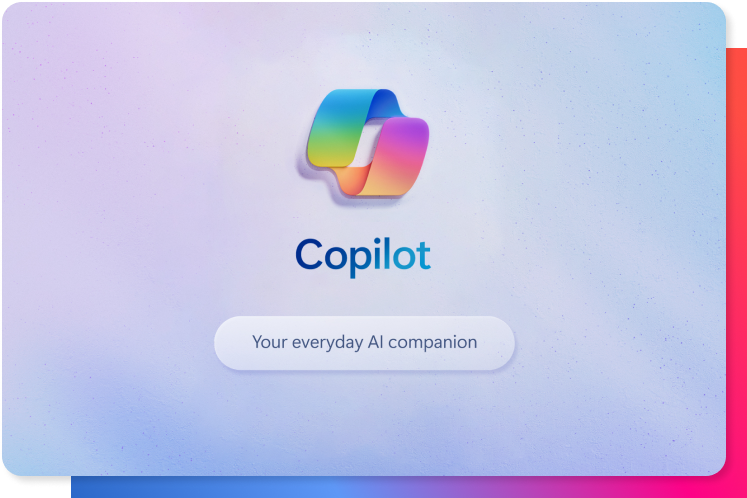Agriculture has always been a business of uncertainty. Weather variability, pest outbreaks, and price fluctuations have forced producers to make decisions with incomplete information, often relying on averages or broad estimates. Today, that paradigm is shifting. Artificial intelligence (AI) and computer vision are equipping farmers with localized, precise, and actionable insights—turning unpredictability into a manageable, even strategic, variable.
From more accurate yield forecasts to optimized use of water, fertilizers, and agrochemicals, AI is already redefining how food is planned, produced, and exported. The implications extend well beyond operational efficiency: they touch sustainability, compliance, and competitiveness in global markets.
Efficiency and sustainability go hand in hand
One of the clearest advantages of AI adoption in agriculture is the dramatic reduction in input costs. Selective detection of pests and weeds enables farmers to apply agrochemicals only where they are needed. The economic payoff is immediate, and the environmental benefits are just as significant.
Field trials by AAPRESID show that targeted herbicide application, guided by weed-detection sensors, can reduce product use by up to 90%. This kind of precision agriculture not only saves money but also helps producers meet regulatory requirements and maintain access to premium export markets that demand sustainable practices.
The same optimization extends to water, fertilizers, and labor. Irrigation can be calibrated to the exact needs of the crop, fertilizers delivered in precise doses, and the workforce redirected toward tasks with higher value creation.
| The technology behind the promiseThe transformation is powered by three complementary capabilities:Computer Vision: Identifies weeds, pests, or damage in images from drones, machinery, or fixed sensors, producing high-resolution precision maps. Predictive Models: Using time-series data, anticipate water stress or yield outcomes by combining historical climate information with aerial imagery. Decision Models: Classic machine learning techniques generate recommendation maps that specify input dosages by zone. The sequence is simple yet powerful: detection (what’s happening) → prediction (what’s likely to happen) → recommendation (what to do). |
Turning uncertainty into predictability
Perhaps the greatest value of AI lies in its ability to reduce risk. By analyzing signals from satellites, drones, and ground sensors, predictive models can identify early signs of stress—whether from water scarcity, disease, or developmental anomalies—and translate them into actionable steps.
In wheat, predictive models are achieving about 75% accuracy two months before harvest. In vineyards, the accuracy rises to 96%, allowing growers to anticipate outbreaks and schedule harvests with remarkable efficiency.
This predictive power changes the economics of agriculture. It enables more precise planning of resources, harvest timing, and logistics—aligning operations with real conditions in the field and minimizing costly surprises.
Quality as a competitive advantage
In export markets, quality is not negotiable. Computer vision now makes it possible to classify grains, fruits, and vegetables in real time, based on national and international standards. Integrated into packaging lines, mobile inspection stations, or field-based cameras, these systems identify defects, sizes, and damages with consistency that manual processes cannot match.
The result is faster classification, greater standardization, and consistent quality—factors that directly influence market access and pricing. In a world where reputation determines trade opportunities, AI-powered quality control becomes a strategic asset.
Quality as a competitive advantage
In export markets, quality is not negotiable. Computer vision now makes it possible to classify grains, fruits, and vegetables in real time, based on national and international standards. Integrated into packaging lines, mobile inspection stations, or field-based cameras, these systems identify defects, sizes, and damages with consistency that manual processes cannot match.
The result is faster classification, greater standardization, and consistent quality—factors that directly influence market access and pricing. In a world where reputation determines trade opportunities, AI-powered quality control becomes a strategic asset.
A regional race: Chile, Brazil, and Argentina
Latin America’s agricultural giants are advancing at different paces, each with distinct advantages and challenges:
| Country | Main Strengths | Key Challenges |
| Chile | Innovation in fruit and vineyards; good connectivity in productive areas; public policies supporting technology; demanding export chains. | Limited scale due to land size; need to expand models beyond specialized crops. |
| Brazil | Large-scale agriculture; strong research institutions; ability to monitor millions of hectares and operate at scale (soy, corn, sugarcane). | Replicating models across all operations; governance and reliability across the value chain. |
| Argentina | Advances in predictive AI (disease and yield detection); innovative ecosystem with strong potential. | Scaling pilots to mass adoption; closing connectivity gaps; financing and support for small and medium producers. |
The lesson is clear: success depends less on speed and more on translating innovation into reduced risk and true planning capacity.
From pilots to transformation
A pilot project proves the technology works. Scaling it changes the business.
Mass adoption of AI enables consistent, comparable signals across farms, seasons, and geographies. This means lower yield variance, faster responses to threats, and greater forecasting precision. At scale, the relevant question is no longer “Does AI work?” but rather “By how much does it reduce annual uncertainty, and how directly does it improve financial results?”
Looking beyond the next harvest
AI is no longer a futuristic promise or a luxury reserved for advanced economies. It is actively transforming how agriculture is planned, produced, and exported worldwide.
For industry leaders, the competitive edge lies not only in cost savings or automation but in something deeper: the ability to make decisions with confidence in an environment where uncertainty has always been the rule.







 Español
Español